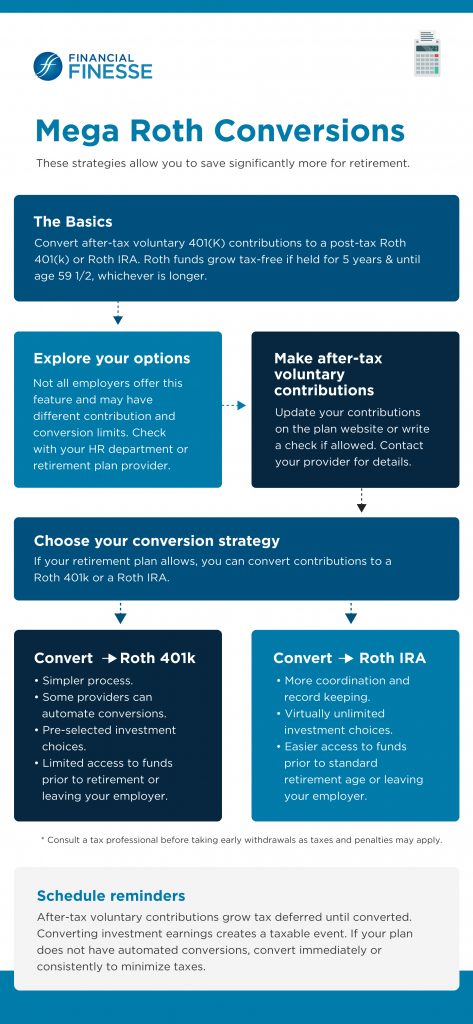Unlocking the Mystery of Capital Gains Taxes (Including the Wash Sale Rule)
June 06, 2025Understanding capital gains and losses is important for managing investments and taxes. The IRS says almost everything you own and use for personal or investment reasons is a capital asset, like your home, stocks, and bonds. When you sell any of these, you either make a profit (a gain) or lose money (a loss). Profits and losses may increase or decrease the amount of tax you owe, depending on how long you’ve owned the asset.
Capital gains and losses can affect how much tax you pay in the year you sell your assets, but remember, if you sell personal things like your home or car, you can’t use those losses to lower your tax bill. For now, let’s focus on investments.
Short-term or long-term
There are two types of gains and losses: short-term and long-term. If you’ve owned something for one year or less, it’s considered short term. If you hold on to it for more than one year, it’s considered long term. This matters for tax purposes because short-term and long-term gains have different tax rates. Keep this in mind when selling investments in a taxable, non-qualified brokerage account.
How the sale of an investment is taxed
Here’s how to figure out how your investments will be taxed:
First, calculate gains and losses on assets you’ve held for one year or less (i.e., short-term assets). To determine a gain or loss, take the proceeds from the sale of each asset and subtract the amount you paid for it (i.e., its cost basis). The result is either a gain or a loss. Subtract short-term losses from short-term gains to find your net short-term gain or loss.
Next, calculate gains and losses on assets you’ve held for more than one year (i.e., long-term assets) using the same process. Subtract long-term losses from long-term gains to find your net long-term gain or loss.
If you have a net long-term gain and a net short-term loss: Subtract your short-term loss from your long-term gain to get your “net capital gain or loss.” Long-term gains are taxed at lower rates than your income. The rate can be 0%,15%, or 20% depending on your income. There may also be an extra 3.8% Medicare surtax. State tax rates can be different, so check with your local tax office.
If you have a net short-term gain and a net long-term loss: Subtract the long-term loss from the short-term gain. Any remaining gain will be taxed at your tax bracket based on your income level.
If you have both a net short-term gain and a net long-term gain: The short-term gain will be taxed at your regular income rate, while the long-term gain will have its own lower rates.
If you have a net loss, you can subtract up to $3,000 of losses from your other income on your tax return. If you have more losses, you can use them in future years.
The Wash Sale Rule
Lastly, there’s a rule called the wash sale rule. If you buy back the same investment (or one very similar) within 30 days before or after selling it, you cannot claim a loss on your tax return for that sale. You can, however, add the loss to the cost of the repurchased investment and benefit from the loss down the road when you sell that investment. Capital gains taxes can be tricky, but a tax professional can help you understand them better. To learn more, check out IRS Tax Topic 409, Capital gains and losses.


